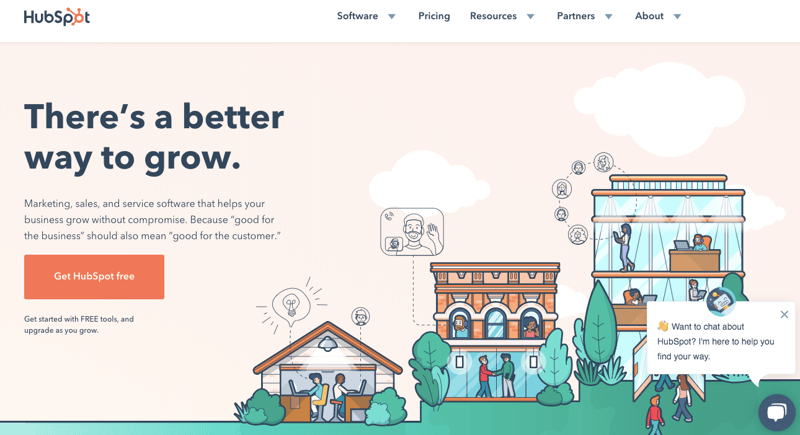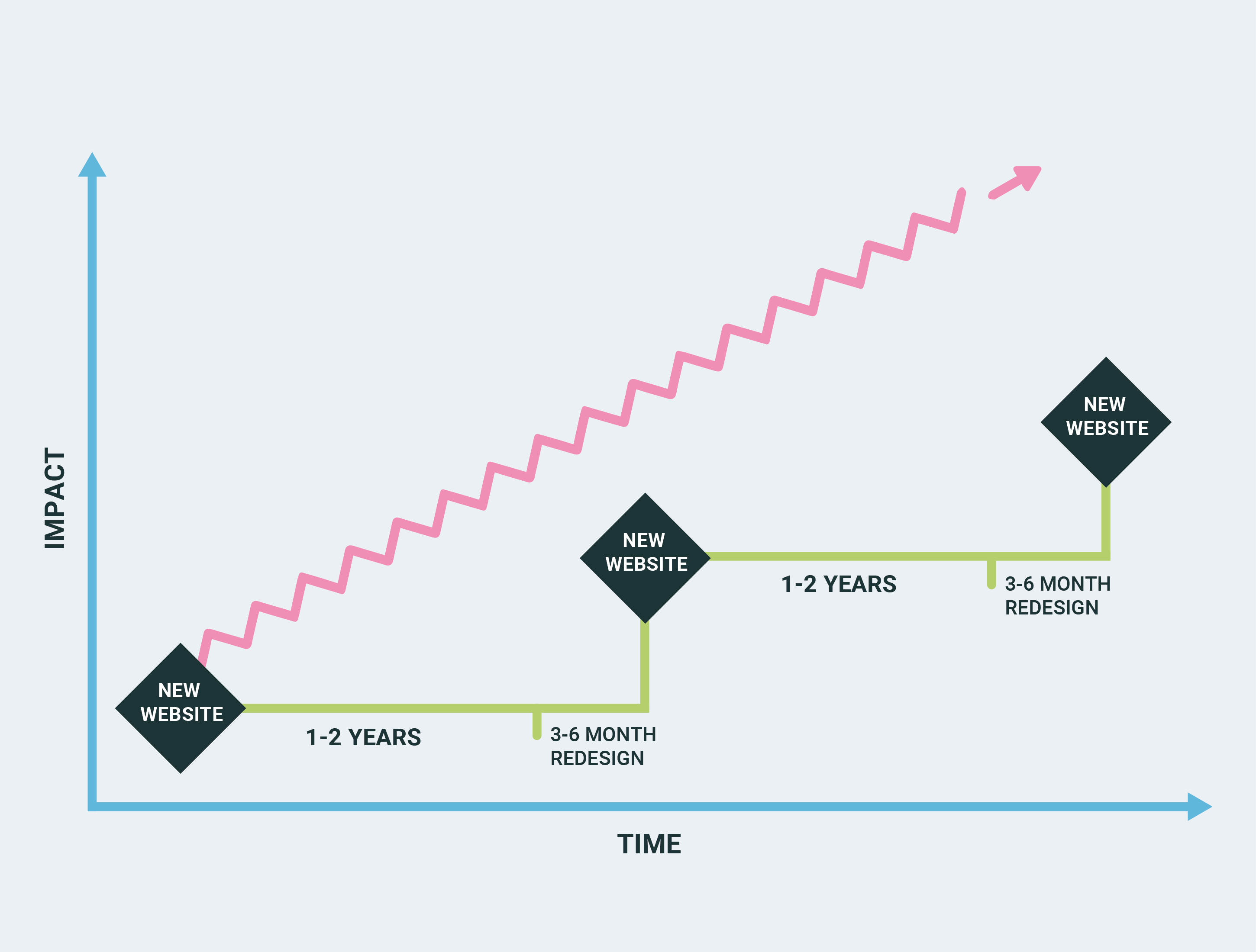
Get weekly
HubSpot updates
Is your website feeling outdated, slow, or simply not converting enough visitors into leads? You know you need to make changes, but you aren't sure where to start. If this sounds familiar, it might be time to migrate your website to the HubSpot CMS and not only benefit from their stylish and user-friendly templates, but start monitoring visitor behaviour and tweaking your site accordingly. HubSpot offers a wealth of valuable tools to help your website become a driving force for conversions, so if you're looking to make a change, here are a few ways you know you're ready for HubSpot's solution.
You don’t use smart content
Not using smart content on your website is like going to a clothes shop and every shopper being offered the exact same style, size and colour of outfit. Barely anyone gets what they want, and the clothes you’re given suit about one in every twenty visitors.
Smart content allows you to cater to your visitors on a far more personal level, for example by:
- Showing different text to prospects and existing customers
- Changing images based on a visitor's location
- Showing a different page to mobile visitors
- Creating forms that only ask questions you don't know the answers to.
By not using your buyer personas and a knowledge of the buyer’s journey to tailor content for visitors, you’re potentially showing yourself to be amateurish in a world where consumers are used to personalisation. Warm leads might be put off by awareness-stage content which they’ve gone beyond, or newcomers might be frightened off by your decision-stage offering.
On the phone, you wouldn’t speak to a brand new prospect the same way that you’d speak to a customer you’ve been working with for years – so why would you give these two people the same experience of your website? Your website needs to act as your best salesperson – is yours keeping up with buyer expectations?
How HubSpot helps
With the ability to record and react to exactly who’s visiting your website, HubSpot benefits from customisable, smart elements which you can insert all over your website. These react to who is visiting the site (based on knowledge already collected about the visitor) and presents them with plenty of opportunities to view content which is specific to them, their needs and inclination to make a purchase.
You can’t report on how marketing affects revenue
As marketers, we are judged on how well we drive traffic, leads and sales. How are you supposed to track what prospects find useful if you aren’t monitoring and reporting on how they use your website? How many website visits, email engagements and social posts directly result in purchases? Without running a thread through all of this activity, you’ll never close the gap in knowledge between sales and marketing.
Marketers needs meaningful, concrete KPIs and strategies to reach their SMART goals; marketing can very fast become undervalued and de-prioritised if you can’t prove that your efforts are resulting in improving revenue. Reasons for a lack of reporting might include:
- You haven’t set out concrete goals, based on current metrics
- You’re juggling multiple tools which don’t integrate well together
- There isn’t shared visibility between the sales pipeline and the work the marketing team is doing
- Your business lacks a sales pipeline altogether.
How HubSpot helps
With dedicated Sales, Marketing and Service hubs, HubSpot gives marketers a detailed breakdown of exactly how each moving part of a marketing campaign influences revenue. HubSpot helps you see all of this information in one place and aligns sales with marketing for clarity and a more meaningful overview.
You aren’t generating enough leads
If you aren’t generating the leads you want, often it can be a result of poor communication: how are your teams interacting with one another and passing along leads? Is your sales team using your website in their conversations with prospects and customers? As Lisa McDermott at HubSpot explains:
‘Just like your website can be the company’s most effective salesperson, the website should also be one of your sales team’s most valuable assets. Every picture, word, lead generation form and section should be a leverage-able asset that increases the efficacy of the sales team's efforts.'
Your website shouldn’t just be a tool for customers to find through social, PPC and email – it should equally be a tool for your own team to use during the sales process. They should know it inside out and backwards, utilising your free resources, relevant blog posts and pillar pages to point customers in the right direction when it comes to educating them about your products.
How HubSpot helps
With the free HubSpot marketing tools, tracking and increasing leads becomes automatic, powered by a top-of-the-range CRM. As soon as a lead shares their email address with you, you’ll know vital information such as:
- Who they are
- Where they work
- What pages they visit
- How long they spend on your site
This means that when a visitor views an offer or checks your pricing page, you can follow up right away with a pre-written, standardised email, or a personalised one, depending on their actions. The analytics included are simple to read yet give you powerful insights so that you can learn crucial information about what’s working to drive conversions and what’s not – through your email marketing, live chat, forms, ads, and reports.
HubSpot websites put the tools in the users hands to get the most out of their marketing efforts, becoming proactive marketers instead of passive bystanders. If your current website isn't meeting your needs, the free HubSpot tools are a great way to trial whether inbound marketing is for you, risk-free.


